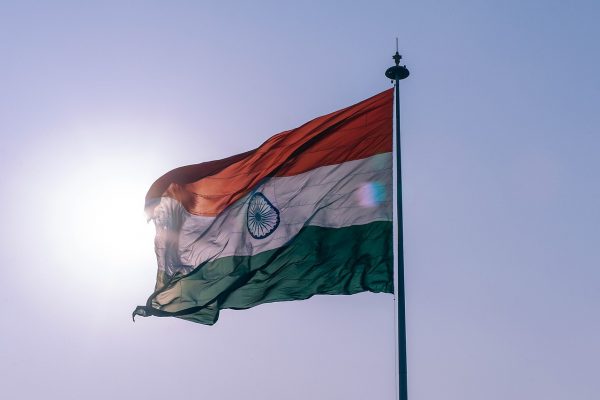Despite its growing economy, the government continues to struggle with India’s unemployed. Since the current government took office in 2014, India’s unemployment rate has stagnated at 3.5 percent, with a slight rise in 2017 at 3.6 percent. Calculation of unemployment rates in India is a bit difficult as there isn’t a fine line between formal and informal jobs, and those engaged in casual work may not necessarily be employed at the time of the census. Since 90 percent of Indian citizens are working in the informal sector or units employing less than 10 people, they aren’t necessarily accounted for in employment surveys. Regardless, the problem of unemployment persists, especially in the formal sector, and it continues to be an important point of discussion at any political debate at the national level.
Keeping the unemployment issue in mind, the government of India has launched several schemes and programs to provide basic job and financial security to the unemployed. Many of these programs have been running for several years. Here are a few of the big ones:
Prime Minister’s Rozgar Yojana (PMRY) for educated unemployed youth
This program is a government initiative to help support the educated unemployed youth (18-40 years of age) in India. The program fosters self-employment in rural and less developed areas to combat the unemployment issue. The scheme offers financial aid through subsidies for the unemployed to launch their startups, especially in manufacturing, business solutions, services, and trade. The scheme grants up to Rs 1 lakh (US$1,500) per person.

MGNREGA
The Mahatma Gandhi National Rural Employment Guarantee Act (MGNREGA) is a government mission to ensure employment in local public works for any job applicant in rural areas within 15 days. If the applicant is not employed, he is liable to receive an unemployment allowance from the government. The job is guaranteed for a total period of 100 days per year, and 150 days per year in drought-affected places. The government has also given a list of appropriate jobs and they mostly include agriculture-related works. The allowance amounts differ as per states.
IRDP
The Integrated Rural Development Programme (IRDP) was specifically launched by the government to combat poverty. The state and the central government equally sponsor this scheme, which aims to provide job opportunities for the poor and unemployed by developing their skills and knowledge. Unemployed people who have fallen below the poverty line are given productive assets and financial assistance through subsidies, credits, or loans. The government promotes this program as a great measure to help alleviate poverty at the rural level and empower families to rise above the poverty line.

Many state governments have also launched individual programs for unemployment subsidies and benefits. These benefits include monthly allowances given by the government and training programs to help develop skills sets for better employment opportunities. For example, Assam, Rajasthan, Meghalaya, and Chattisgarh provide a monthly allowance of around Rs 500 (US$8), whereas Manipur and Bihar offer a monthly stipend in the range of Rs 200 (US$3). The state of Haryana provides a higher allowance that ranges from Rs 1,000 (US$15) to Rs 2,000 (US$30) as per the educational qualification of the individual. The capital region provides a monthly unemployment allowance of Rs 1,500 (US$23).
While there are numerous government schemes and programs for the unemployed, India’s rising population and its corresponding unemployment rate is a large number to tackle. Even with monthly financial aid and the skills training given by the government, it is extremely difficult for individuals to lead a quality life. The subsidies barely lift the unemployed over the poverty line and only help them to survive.








